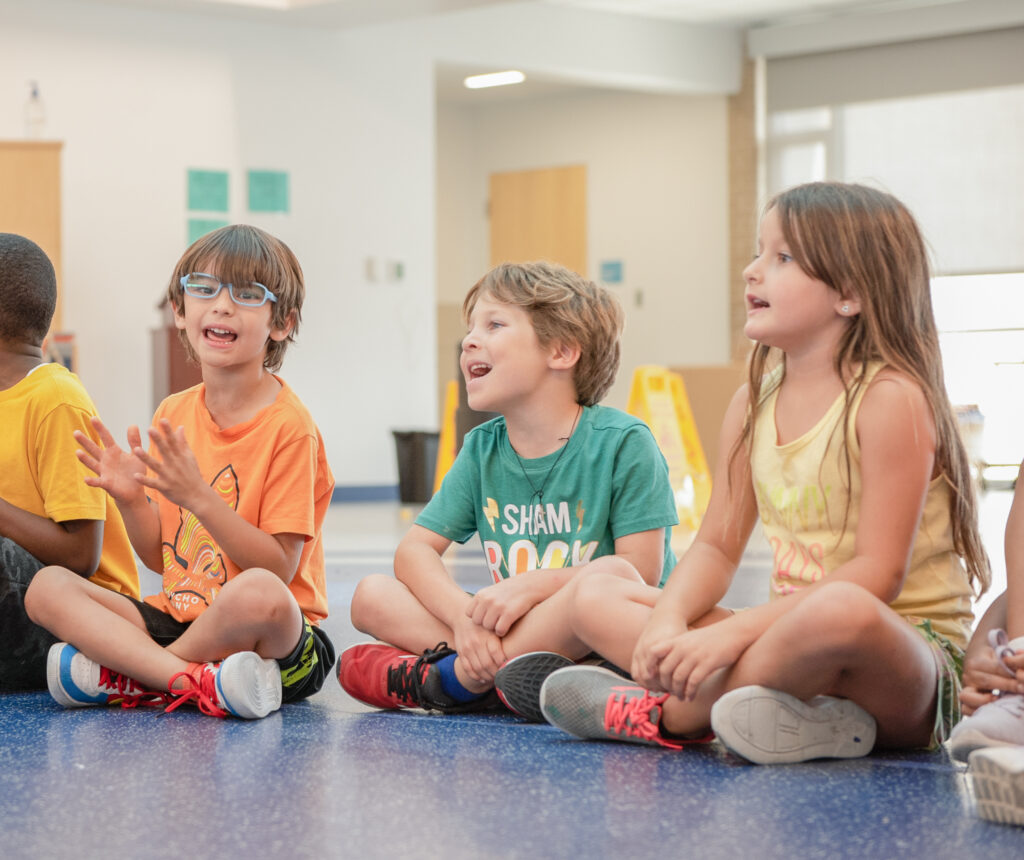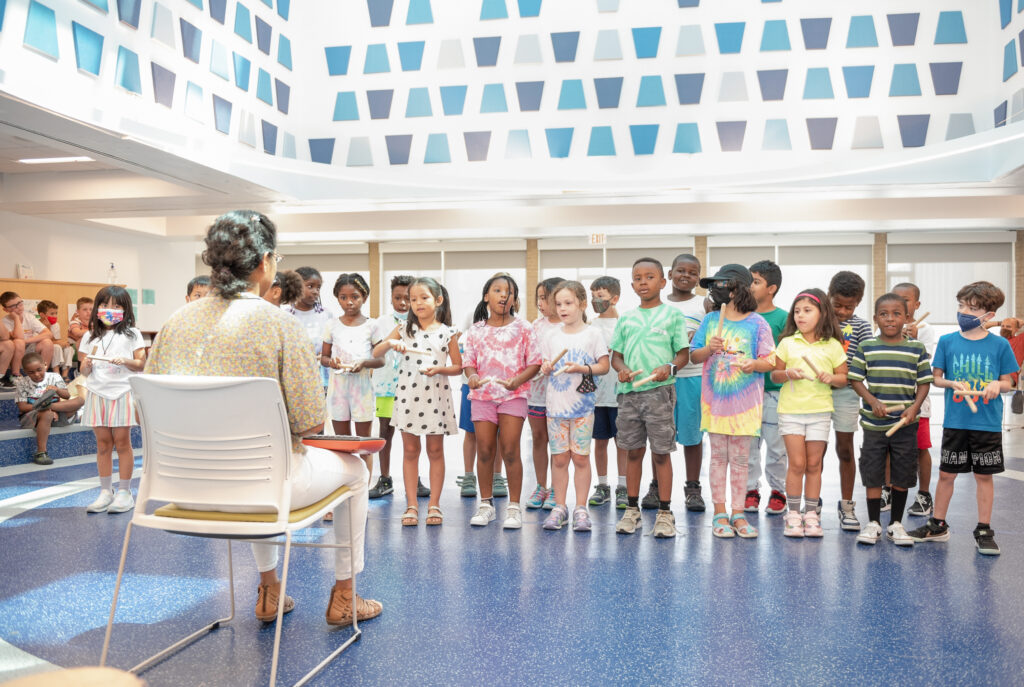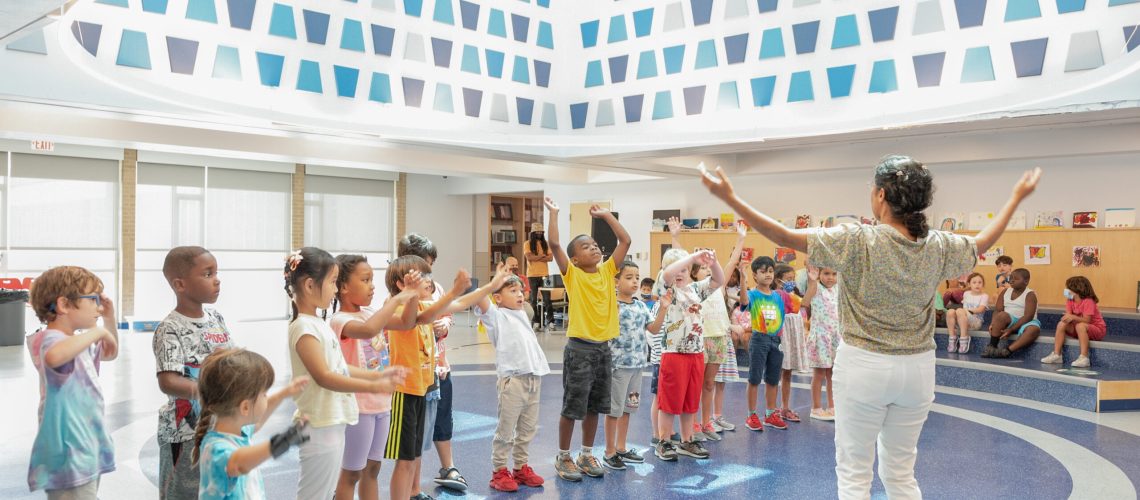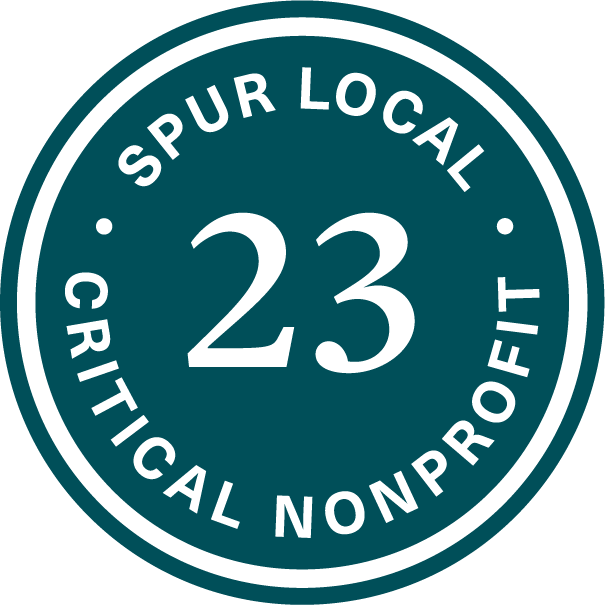Introduction: The Creative Crescendo
In a world brimming with standardized curricula and rigid academic structures, the importance of nurturing creativity in youth cannot be overstated. While traditional education focuses on imparting knowledge and skills, it’s equally crucial to cultivate the ability to think outside the box, innovate, and express oneself authentically. This is where music education steps onto the stage, offering a harmonious pathway to ignite creativity and foster self-expression in young minds.
The Language of Imagination: Music as a Creative Outlet
From the delicate notes of a piano to the resounding beats of drums, music transcends spoken language, universally communicating emotions and ideas. Music education empowers students with a unique language for self-expression—one that goes beyond words and taps into the realm of imagination.
When young learners engage with musical instruments or vocal techniques, they discover a canvas for their thoughts and feelings. Playing a melodic phrase or composing a song becomes a medium to externalize emotions that might be challenging to articulate verbally. This uninhibited expression kindles the flames of creativity, encouraging students to explore the spectrum of their thoughts and emotions through the melodies they create.

Composing the Mind: Building the Necessary Creative Muscle
Music composition is a journey of crafting intricate narratives through sound. As students experiment with melodies, harmonies, and rhythms, they embark on an artistic exploration that shapes their creative muscle. Composing music is akin to painting a canvas with sound, allowing for boundless experimentation and innovation.
By composing music, students learn to structure their ideas, manipulate emotions, and weave intricate stories. These skills are transferable to other creative domains, nurturing a holistic approach to problem-solving and ideation. Just as a composer meticulously arranges musical elements to create a symphony, students learn to arrange ideas in novel ways, fostering originality and imaginative thinking.
Collaborative Crescendo: Ensemble Experiences
Music education is as much about playing solo as it is about collaborating with others. Ensemble experiences, whether in a choir, orchestra, or band, teach young musicians the art of collaboration. When students come together to create a harmonious piece, they learn to blend their voices and instruments into a collective tapestry of sound.
Collaborative music-making mirrors the dynamics of creative teamwork. The ability to listen, respond, adapt, and harmonize with others’ ideas is fundamental not only in music but also in various creative endeavors. Through ensemble experiences, students cultivate the skills required to collectively shape a creative vision, contributing their unique voices while maintaining harmony within the group.
The Improvisational Canvas: Fostering Spontaneity
Improvisation, a cornerstone of jazz and certain other genres, offers an exhilarating platform for creative expression. In an improvisational setting, musicians respond spontaneously to the present moment, crafting melodies that emerge from the depths of their creativity. This process nurtures a mindset that thrives on embracing the unknown and embracing risk-taking.
Music education’s emphasis on improvisation instills a sense of fluidity and adaptability in young minds. By learning to create on the spot, students become comfortable with uncertainty—a crucial trait in the creative process. This willingness to explore the uncharted waters of creativity extends beyond music, empowering students to approach challenges with innovative solutions.
Emotion in Every Note: Channeling Self-Expression
Music is a conduit for emotions—an art form that allows individuals to communicate feelings that words often fail to capture. Through music education, students learn to channel their innermost emotions into their performances, creating a resonant connection with their audience.
As young musicians interpret a piece of music, they infuse it with their unique emotional interpretation. This practice teaches them to tap into their dynamic landscapes and convey them through artistic expression. This emotional fluency enriches their ability to express themselves in other creative outlets, whether writing, visual arts, or dance.
The Multidisciplinary Melody: Crossing Creative Boundaries
Music education isn’t confined to an isolated bubble. It harmoniously integrates with other creative disciplines, enriching students’ overall creative aptitude. Whether it’s choreographing dances to musical compositions or creating visual art inspired by melodies, music intertwines with various forms of creativity.
Cross-disciplinary experiences foster a holistic understanding of creativity. Students discover that the skills acquired through music education—such as interpretation, storytelling, and experimentation—resonate in diverse creative ventures. This interconnectedness expands their creative toolkit, enabling them to approach any artistic endeavor with a multifaceted perspective.

From Silence to Symphony: Embracing Silence in Creativity
In music, silence is as powerful as sound. The pauses between notes create rhythm, tension, and dynamics. Similarly, in the creative process, moments of contemplation and introspection are essential for innovation. Music education teaches young minds the art of embracing silence and allowing it to shape the creative narrative.
Students who learn to appreciate the significance of silence in music develop a sensitivity to pacing, rhythm, and the ebb and flow of ideas. This translates to the realm of creativity, where moments of reflection provide fertile ground for generating new concepts and refining existing ones. Embracing silence in creativity is a lesson learned from the rhythm of music that amplifies the impact of self-expression.
The Ripple Effect: Applying Creative Skills Beyond Music
The impact of music education transcends the rehearsal room—it resonates in students’ lives and extends to their academic and personal pursuits. The creative skills honed through music education—critical thinking, problem-solving, innovation, and self-expression—ripple across various domains.
Studies have shown that students engaged in music education tend to excel academically and display heightened creative thinking in non-musical subjects. The ability to approach complex problems with imaginative solutions, an attribute cultivated through music, translates to fields such as science, technology, engineering, and mathematics (STEM). Thus, music education acts as a catalyst, enhancing not only creative expression but also cognitive abilities that enrich students’ overall educational journey.
Conclusion: The Symphony of Creativity
As educators and parents champion holistic approaches to education, music education emerges as a beacon of creative enlightenment. By fostering creativity, self-expression, and innovative thinking, music education equips young minds with tools that go beyond the confines of a musical score. The symphony of creativity orchestrated through music education harmonizes with the diverse melodies of life, inspiring students to embrace their individuality, think boldly, and shape a world brimming with imaginative possibilities.
About DC Strings Workshop
DC Strings Workshop (DC Strings) works to build community and expand horizons by engaging diverse audiences, supplying instruments to deserving students, and working to expose students and adults alike to the music of women and underrepresented people of color.


